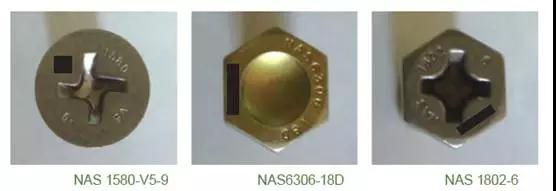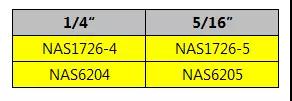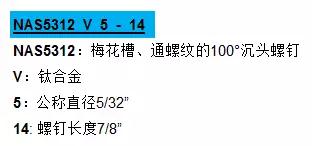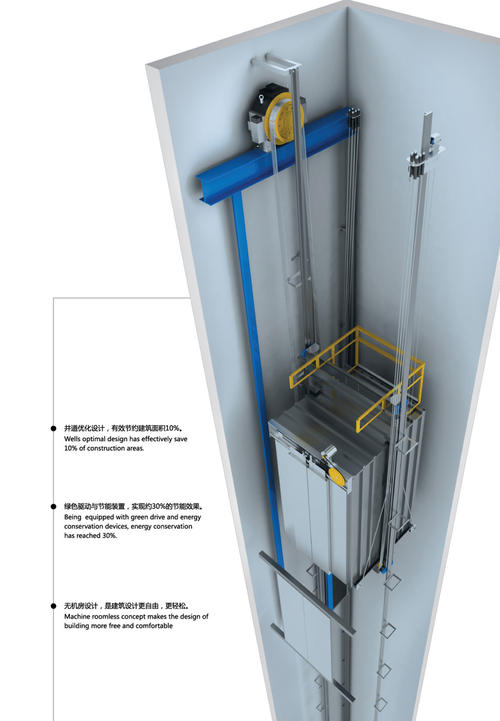What are the standards for aviation fasteners?
Fasteners can be referred to as standard parts, which means they conform to a set of “systems†that have been developed in the industry, thus providing a uniform, consistent fastener product for all customers. We know that the fields of automobiles, wind power, and special equipment all have their own "standards", but it seems that there are more standards in the field of aviation fasteners than in other fields.
In other words, what are the criteria for defining aerospace fasteners? We will narrow down the discussion to fastener standards that can be agreed upon by standards organizations or governments around the world, so those aviation fasteners will be manufactured. Business standards for commercial and aircraft manufacturers are excluded.
NAS
In the field of aerospace manufacturing, NAS is the most influential standard for inch fasteners, covering both commercial aircraft and military aircraft.
NASM
The same British-made fasteners were originally used as military standards, but were subsequently transferred to the NASC (National Aerospace Standards Committee) for management for continued maintenance and development, so they can be understood as military standards in NAS (NAS for Military).

NA / NAM
NA is a metric product corresponding to the NAS standard. NAM is a metric product corresponding to NASM.
In addition, many US government standards are also common in aerospace manufacturing, such as MS and AN. Are we also seen some of the standards at the beginning of MIL, these are also US military standards, but these are usually used to define some more detailed techniques, such as MIL-STD-100G used to define drawing specifications, MIL-STD-1312 To define the test method of the coating thickness, etc.
Once you have the above standard knowledge, the next step is to understand the specific meaning of each character in the part number. But unfortunately, it seems that every standard has its own specific definition pattern, so it is not possible to use some standard definition pattern to understand other standards.
For example, some standards are the same part number plus different diameter codes to indicate different diameter sizes, but some standards use different part numbers to indicate different diameter sizes.

For externally threaded fasteners, in addition to the diameter dimensions, there are codes for the various lengths in the part number. In general, you will find a dash in the fastener part number, and the code after the dash is the length code.
The standard number, diameter size, length, and the most basic information can be obtained from the part number. Sometimes, some code that characterizes the special properties of the part, such as material, self-locking properties, surface treatment, groove hole type, etc., is also included in the part number.

NAS6208-10, in this type of part, the strength, material, surface treatment and other information are fixed, the only change is the length code behind the dash. NAS6208 stands for 1/2" nominal diameter, 160KSI tensile strength, cadmium-plated bolts on hex head alloy steel. The only variable is code 10, which means the bolt length is 5/8".
Through the above introduction, it is possible to quickly obtain the basic information of a part by visual inspection from the head of the fastener. Is it possible to put the scattered parts below back to the exact position based on information such as the head mark.
It is hoped that the brief introduction can help to identify the number of aviation fasteners. For each aerospace manufacturing worker, whether it is technical selection, purchase quotation, or installation and quality inspection, the identification number is one. The most basic task. Although the skills can be improved through the study of standards, it is still better to contact and practice through old-fashioned methods. The more time invested in this area, the greater the gains.
Machine Roomless Passenger Elevator
Specification:
Function:
Attendant Service mode


Machine Roomless Passenger Elevator
Machine room less passenger elevator for sale, Machine room less passenger elevator design, Machine roomless passenger elevator for sale
Shandong Bester Elevator Co., Ltd. , https://www.besterlift.com